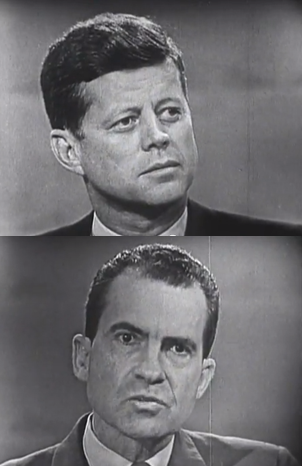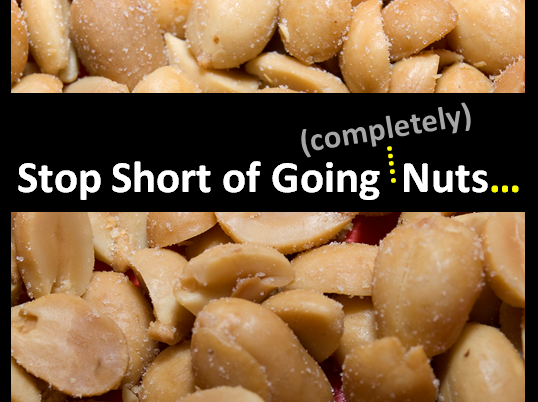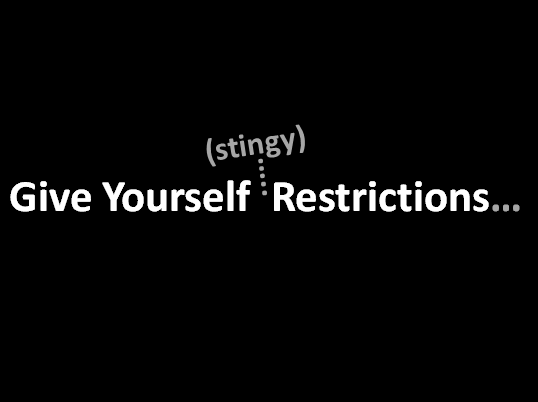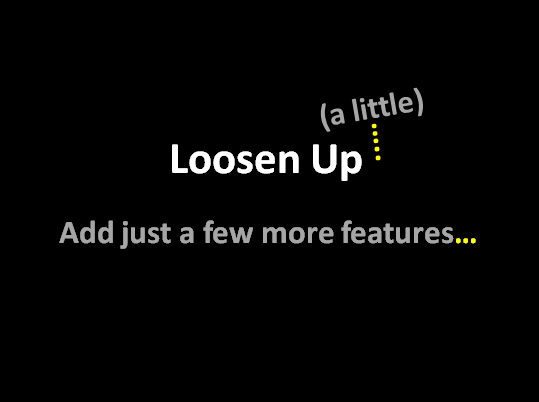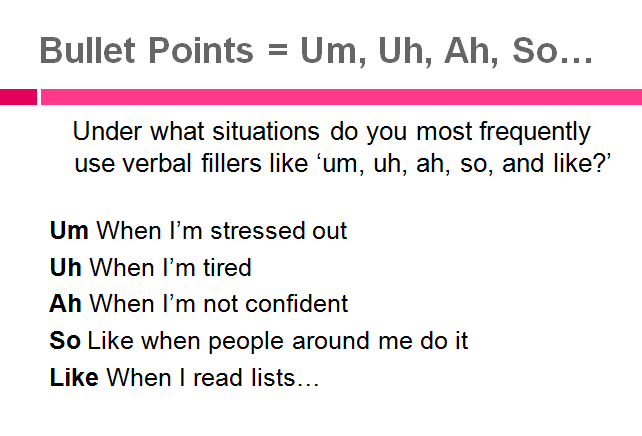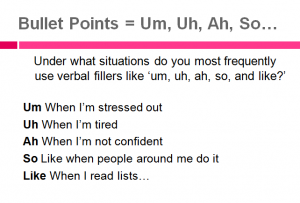You can read a ton of books and blogs that offer advice on how to become an effective public speaker. However, you don’t have the capacity to implement all the advice at once.
Instead, let’s look at the core of the word “presentation”. It’s the word “present”.
I know I’m at my best when I’m truly present for my audience. I’m mindful.
When I’m present, I’m not worrying about what I’m doing with my hands. I’m not wondering whether the look on my face is serious enough or if that bit of mouth noise was too distracting…
Instead, I’m in the moment. I’m present for my presentation.
That’s why, as a coach, I like to focus on only one technique for a student or client to work on for every speech or presentation. A singular focus helps with presence.
When I’m coaching someone — especially someone who’s a novice presenter and very nervous — I’m not going to destroy their confidence. I won’t work on every single aspect of their public speaking performance!
If presenters work on too many things at once, they’re not fully present… and it shows. A speaker who’s trying to work on everything will look distracted. They may come across as overly self-conscious and unnatural.
As far as I know, no one on the face of the planet has ever delivered a perfect presentation. Thank goodness!
You’re supposed to be human. Humans make mistakes. And ironically, making mistakes can often help you to better connect emotionally with your audience.
If you’re coaching people on their presentations, please keep this in mind. Don’t try to fix everything, all at once. You’ll end up destroying the very essence of their presentation — their confidence and their ability to be fully present for the audience.
Instead, try this coaching approach. I call it “The One Thing.”
Find one thing you appreciated about the presentation. What worked?
You’re going to let the speaker know what that one core strength is. And you’re going to work with them to build their presentation around that strength.
Next, find one thing they can improve. Sure, you may have found 20 things they can do better.
But here’s the mark of a good coach: prioritization.
Find only one thing they can work on for each presentation. Don’t aim for complete mastery in one session.
Layer in new techniques and skills over time. Time and practice and coaching and feedback – that’s how you build mastery.
And here’s the magic of only working on “the one thing”. By focusing on only the most important issue, you may find that you’ve radically improved 5 other issues — without even trying! As a novice speaker gains more experience with public speaking, they can keep working on new areas.
Even seasoned speakers never stop learning. We keep looking for ways to better connect with our audiences. Technology changes — and we need to adapt our style.
Or we can sometimes get too comfortable in front of an audience — and we start to get sloppy and lose technique. There’s always at least “one thing” to work on in every presentation!
So please — continue to devour all the public speaking tips you can! But when it comes to your next presentation, try working on only one of those insights.
When you learn and grow from a place of confidence, you’re on a continuing path to becoming a more mindful, present, and effective public speaker.
Laura Bergells writes, teaches, coaches, and speaks. Check out her online courses at LinkedIn Learning. You can also find Laura on Twitter and at YouTube.
Signup for LinkedIn Learning
 Photo credit: infomatique
Photo credit: infomatique 
